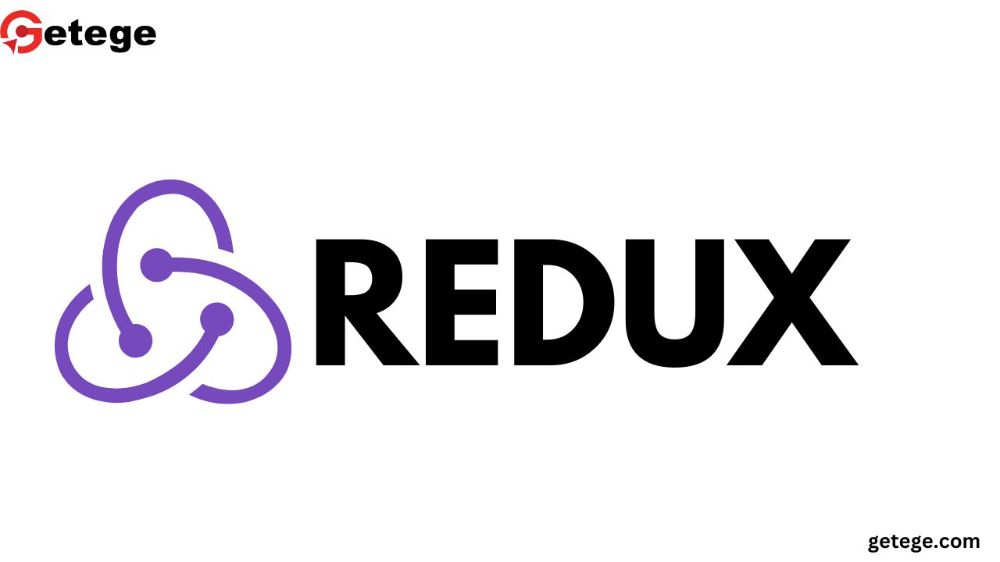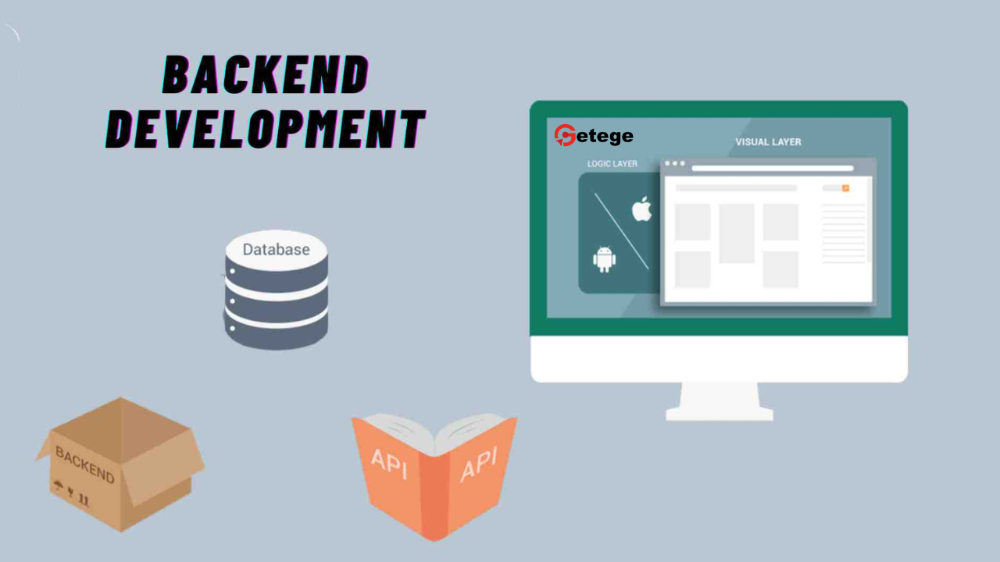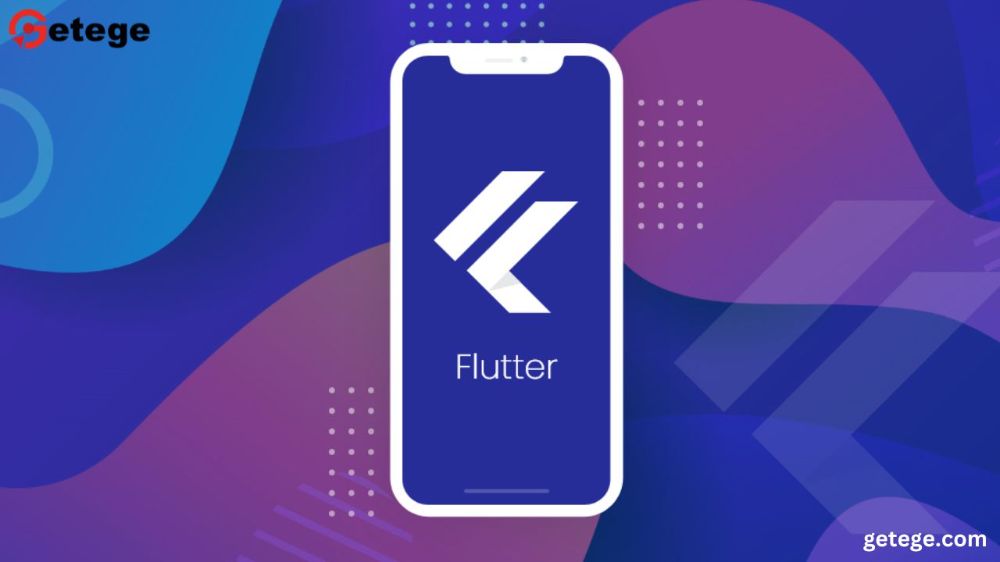A Complete Guide to Understanding Redux for State Management
When building complex web applications, one of the biggest challenges is managing and maintaining the state of the app efficiently. This is where Redux, a predictable state container for JavaScript apps, shines. Redux helps you manage the state of your application in a centralized and predictable way. Whether you're new to Redux or looking to strengthen your understanding, this guide will walk you through everything you need to know about using Redux for state management.
What is Redux?
Redux is a JavaScript library used to manage and centralize application state. It is primarily used with React, but it can be integrated with any other JavaScript framework or library.
At its core, Redux provides a predictable way to manage the state by following a strict set of rules:
- A Single Source of Truth: The state of your whole application is stored in an object tree within a single store.
- State is Read-Only: The only way to change the state is by emitting an action, an object that describes what happened.
- Changes are Made with Pure Functions: To specify how the state tree is transformed by actions, you write pure functions called reducers.
Why Do We Need Redux?
In a simple application, managing state with local component-level state in React might be enough. However, as an app grows in size and complexity, it becomes difficult to keep track of where the state resides and how it’s being updated.
Let’s consider a few reasons why Redux is necessary:
- Predictable State Updates: Redux ensures that state changes in a predictable manner. With reducers being pure functions, state updates are transparent and easier to debug.
- Centralized State Management: Instead of having state spread across various components, Redux centralizes the state into one store, making it easier to manage and access from different parts of your application.
- Ease of Debugging and Testing: Redux offers great development tools, like Redux DevTools, that make it easy to track state changes and test your application.
Key Concepts of Redux
Before diving into how Redux works, let's cover some of the core concepts that power it:
1. Store
The store is the object that holds the application's state. Think of the store as a big container that holds all the important information about the current state of your app.
2. Actions
Actions are plain JavaScript objects that describe a change or an event that occurred in the application. Each action must have a type property that indicates the action being performed. An action can be triggered by user interaction (like clicking a button) or other internal events.
3. Reducers
They define how the state changes in response to an action. Reducers are essential in Redux because they determine the logic for updating state while keeping the process predictable.
4. Dispatch
To send an action to the store, you use a method called dispatch. This method is how your app tells Redux to update the state based on an action. When an action is dispatched, it goes to the reducer to determine how the state should change.
5. Selectors
Selectors are functions that retrieve specific pieces of data from the Redux store. Instead of directly accessing the state, selectors provide an abstraction that makes the process of reading state data easier and more reusable across components.
How Redux Works: A Step-by-Step Flow
To truly understand Redux, it helps to visualize its data flow. Here’s a high-level breakdown:
1. Dispatch an Action
In Redux, a state change begins with an action. The application sends an action using the dispatch function. For example, imagine an action called INCREMENT is dispatched when the user clicks a button.
2. Action is Sent to the Reducer
Once an action is dispatched, it’s automatically passed to the reducer. A reducer is a pure function that takes the previous state and the dispatched action as inputs, then returns a new state based on the action.
3. Reducer Returns a New State
The reducer then processes the action and returns a new state object. In Redux, the state is immutable, meaning it’s never directly modified. Instead, a new state object is created and returned by the reducer.
4. Store Updates and Notifies the App
Once the store receives the new state from the reducer, it updates the application’s state tree. The app is then notified of this state change, allowing it to re-render or take any necessary actions.
This flow repeats every time an action is dispatched. Redux guarantees that state updates are predictable, as they follow a consistent flow, which makes debugging and managing complex state much easier.
React and Redux Integration
While Redux can be used with any JavaScript framework, it’s most commonly paired with React. React-Redux, a popular library, is used to connect React components to the Redux store.
Here’s how React and Redux work together:
- Provider: In a React-Redux app, you use the
Providercomponent to pass the Redux store to your React components. This ensures that all components have access to the store. - useSelector: React components can use the
useSelectorhook to access data from the Redux store. This allows components to reactively use specific pieces of state. - useDispatch: To send actions to the store, React components use the
useDispatchhook. This hook provides access to thedispatchfunction, enabling components to trigger state changes.
Benefits of Using Redux
Redux provides several advantages, especially for large-scale applications:
- Predictability: Since all state updates are controlled by reducers and actions, the flow of state changes is more predictable and easier to debug.
- Centralized State: With all the state in one store, any part of the app can easily access and update the state.
- Easy Debugging: Redux has powerful debugging tools that allow developers to track every action, state change, and the entire state tree.
- Testability: Since reducers are pure functions, they are easier to test, making your application more robust and reliable.
- Scalability: As applications grow, Redux’s structure makes it easier to maintain and manage complex state transitions.
When Should You Use Redux?
Redux is powerful, but it’s not always necessary for every project. Here’s when Redux might be the right fit:
- Complex State Logic: If your app has a lot of different states that need to be managed globally, Redux is a great choice.
- Data Consistency: When you need different parts of your application to have access to the same data, using Redux helps maintain consistency.
- Frequent State Changes: If your app has frequent or real-time state updates, Redux ensures these updates happen efficiently and predictably.
However, if you’re building a small app with simple state management needs, React’s built-in state and context APIs may be enough.
Conclusion
Redux simplifies state management in large and complex JavaScript applications by providing a predictable structure for state updates. It is particularly useful when managing global state or when multiple components need to access and modify the same state.
By centralizing state in a single store and enforcing immutable updates through actions and reducers, Redux ensures your app’s state is predictable, easier to debug, and scalable as it grows. However, it’s important to evaluate whether Redux is necessary for your project, as its overhead may not be worth it for smaller applications.














